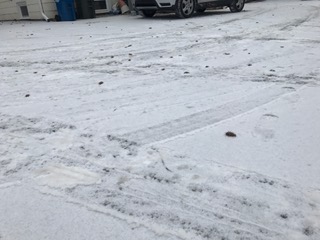
How to drive in winter weather
Icy conditions, blowing snow and low visibility. Winter driving forces us to use skills that aren’t needed throughout the year. Here are some tips and tactics that may assist you to stay safe on the roads.
- Don’t just jump in the car and go. You should be well rested and focused. Your car (preferably front wheel or four-wheel drive) should have a full tank of gas, working windshield wipers and emergency supplies. Always clean off and defrost the windshield and windows, turn of your lights and buckle up.
- Gradual movements are the key. Accelerating, slamming on the brakes or sharp turns can lead to trouble. Accelerate slowly so our wheels don’t spin out. Brake early and gently to maintain control of the vehicle. While steering, make slow, moderate adjustments when you need to change lanes or make a turn.
- Don’t use cruise control. Even if your car is skidding, cruise control may attempt to maintain the speed. This potentially may accelerate vehicle and spin the wheels as your trying to regain control.
- Let off the accelerator if your car starts to skid. Remain calm and once you feel your tires regain traction, slowly turn the steering wheel in the direction you want the front of your vehicle to go. Be prepared to counter-steer and stay off the gas and brakes until you have control of the vehicle again.
- Don’t follow too closely. Increase the space you leave between you and other vehicles both when following another car and pulling over in front of the one after passing it.
- Consider the terrain. When driving in winter weather, certain areas signal the need for greater caution. These include bridges and overpasses, which can freeze before the road. Overpasses and ramps may have black ice due to snowplows skipping them or no direct sunlight.
Give yourself time to respond. Slow down or if possible reduce the amount you have to be on the road.